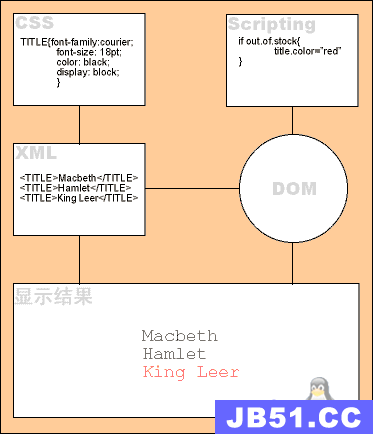1、对某个包下面的class 单独配置日志级别-Example
Setting the level of a logger or root logger is as simple as declaring it and setting its level,as the next example illustrates. Suppose we are no longer interested in seeing any DEBUG messages from any component belonging to the "chapters.configuration" package. The following configuration file shows how to achieve that.
Example: Setting the level of a logger (logback-examples/src/main/resources/chapters/configuration/sample2.xml)
View as .groovy
<configuration> <appender name="STDOUT" class="ch.qos.logback.core.ConsoleAppender"> <!-- encoders are assigned the type ch.qos.logback.classic.encoder.PatternLayoutEncoder by default --> <encoder> <pattern>%d{HH:mm:ss.SSS} [%thread] %-5level %logger{36} - %msg%n</pattern> </encoder> </appender> <logger name="chapters.configuration" level="INFO"/> <!-- Strictly speaking,the level attribute is not necessary since --> <!-- the level of the root level is set to DEBUG by default. --> <root level="DEBUG"> <appender-ref ref="STDOUT" /> </root> </configuration>
logback.xml可以单独配置日志运行的级别。
2、配置日志打印行数和类名
<appender name="STDOUT" class="ch.qos.logback.core.ConsoleAppender"> <encoder> <pattern>%date-%level-[%F:%L]-[%thread]-%msg%n</pattern> ##F 类名 L 行数 </encoder> </appender>

